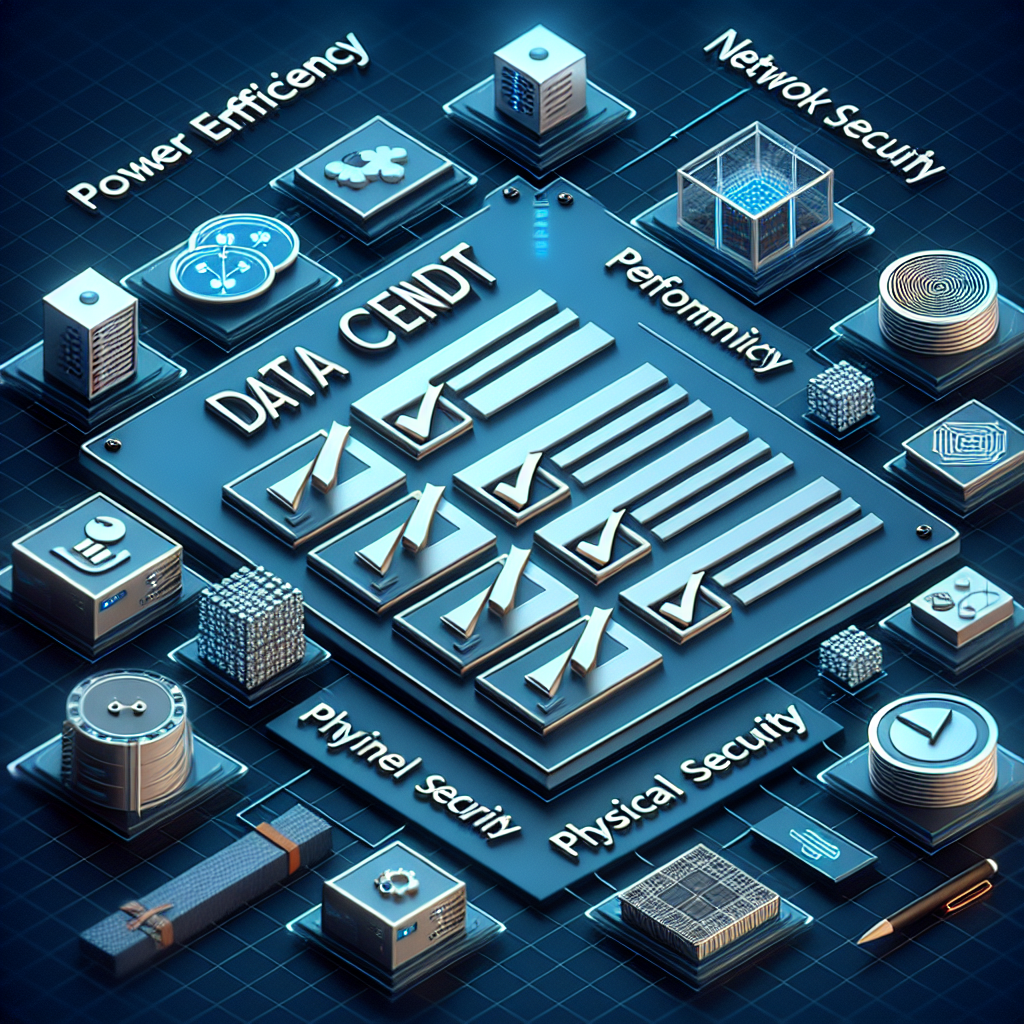Fix today. Protect forever.
Secure your devices with the #1 malware removal and protection software
Data centers play a crucial role in ensuring the smooth operation of businesses by housing and managing critical IT infrastructure. To ensure the efficiency and effectiveness of a data center, regular audits are essential. These audits help identify areas that need improvement, ensure compliance with regulations, and optimize performance. One key aspect of a data center audit is the inclusion of key metrics in the checklist. Here are some important metrics to consider including in your data center audit checklist:
1. Power Usage Effectiveness (PUE): PUE is a widely used metric to measure the energy efficiency of a data center. It is calculated by dividing the total power consumed by the IT equipment by the total power consumed by the entire data center facility. A lower PUE value indicates better energy efficiency.
2. Cooling Efficiency: Cooling is a critical component of data center operations, as IT equipment generates heat that needs to be dissipated. Metrics such as temperature differentials, cooling capacity, and airflow patterns can help assess the effectiveness of the cooling system.
3. Server Utilization: Server utilization measures the percentage of server capacity that is being used at any given time. High server utilization indicates efficient resource allocation, while low utilization may indicate overprovisioning or underutilization.
4. Downtime: Downtime is a key metric to monitor as it directly impacts business operations. It is essential to track the frequency and duration of downtime events to identify potential causes and implement preventive measures.
5. Data Security: Data security is a top priority for data centers, as they store sensitive and critical data. Metrics such as access controls, encryption protocols, and vulnerability assessments can help evaluate the security posture of the data center.
6. Compliance: Data centers are subject to various regulations and standards, such as GDPR, HIPAA, and ISO 27001. Compliance metrics should be included in the audit checklist to ensure that the data center meets all necessary requirements.
7. Capacity Planning: Capacity planning involves forecasting future IT resource requirements based on current usage trends. Metrics such as storage capacity, network bandwidth, and server capacity should be monitored to ensure that the data center can support future growth.
8. Environmental Monitoring: Environmental factors such as temperature, humidity, and air quality can impact the performance and reliability of IT equipment. Monitoring these metrics can help identify potential risks and prevent equipment failures.
In conclusion, including key metrics in your data center audit checklist is essential for evaluating the performance, efficiency, and security of the data center. By monitoring and analyzing these metrics regularly, organizations can identify areas for improvement, optimize operations, and ensure the continued success of their data center operations.
Fix today. Protect forever.
Secure your devices with the #1 malware removal and protection software

Leave a Reply
You must be logged in to post a comment.